OTHER PEOPLES MONEY
Inside the Housing Crisis and the Demise of the Greatest Real Estate Deal Ever Made
CHARLES V. BAGLI
DUTTON
DUTTON
Published by the Penguin Group
Penguin Group (USA) Inc., 375 Hudson Street,
New York, New York 10014, USA
USA | Canada | UK | Ireland | Australia | New Zealand | India | South Africa | China
Penguin Books Ltd, Registered Offices: 80 Strand, London WC2R 0RL, England
For more information about the Penguin Group visit penguin.com.
Copyright 2013 by Charles Bagli
All rights reserved. No part of this book may be reproduced, scanned, or distributed in any printed or electronic form without permission. Please do not participate in or encourage piracy of copyrighted materials in violation of the authors rights. Purchase only authorized editions.
 REGISTERED TRADEMARKMARCA REGISTRADA
REGISTERED TRADEMARKMARCA REGISTRADA
LIBRARY OF CONGRESS CATALOGING-IN-PUBLICATION DATA
has been applied for.
ISBN 978-1-101-60962-0
Endpaper art Jay Seldin
While the author has made every effort to provide accurate telephone numbers, Internet addresses, and other contact information at the time of publication, neither the publisher nor the author assumes any responsibility for errors or for changes that occur after publication. Further, the publisher does not have any control over and does not assume any responsibility for author or third-party websites or their content.
Ellie, Nikki, and Katy, youre my electricity.
Dad, you always said: If you want it done right, do it yourself.
I did.
INTRODUCTION
The Poster Child of the Real Estate Bubble
October 16, 2006, 5:01 P.M.
Rob Speyer had spent hours pacing the small conference room near his office on the seventh floor of 50 Rockefeller Plaza, trading locker-room jibes and stories about real estate deals with Paul A. Galiano and Fred Lieblich, when the telephone finally rang.
Speyer, a thirty-seven-year-old with a marathoners lanky build; sandy, close-cropped hair; and a machine-gun laugh, was the heir apparent to Tishman Speyer Properties, an international real estate company that operated on four continents and controlled some of New York Citys most enduring icons, from Rockefeller Center to the Chrysler Building. For ten weeks, he and his colleagues had labored over a bid for a property whose size was almost unimaginable in densely packed Manhattan: Stuyvesant Town-Peter Cooper Village, a complex of 110 buildings with 11,232 apartments spread across 80 contiguous acres south of midtown, overlooking the East River.
Galiano, at forty-one years old, was Tishman Speyers intensely focused co-chief of acquisitions. Lieblich was president of BlackRock Realty Advisors, forty-five years old and a partner in the prospective deal. They had formed a friendship with Speyer as they read the financial history of the rental complex and engineering assessments supplied by the seller, Metropolitan Life Insurance, or as it is known today, MetLife. By noon that day, they submitted their offer. They were up against an international whos who of real estate and finance that had gathered in New York for what promised to be the biggest real estate deal in history. Aside from New Yorks real estate royalty, like the Durst, Rudin and LeFrak families, there was the emir of Qatar; the Rothschilds and the Safras; the mysterious billionaire investor Simon Glick; the irascible Steve Roth of Vornado Realty Trust; Stephen Ross, a builder active in New York, Florida, Las Vegas and Los Angeles; the government of Singapore; and the Church of England, not to mention the many pension funds and private equity firms that had raised tens of billions of dollars to invest in real estate and other assets. Nearly a dozen rival bidders from around the globe were gathered in similar rooms high above Manhattan waiting to learn whether their multibillion-dollar offers had won the day and if they would spend the night negotiating contractual details of what would be the largest transaction in American real estate history.
The stark white walls of the Tishman Speyer conference room yielded nothing as the hours ticked by. One minute Speyer exuded the cocky confidence of a tycoon who prowled the world making deals, the next he wondered what might have gone wrong as a dark cloud of self-doubt descended over the conversation.
They had spent the afternoon of October 16, 2006, talking about anything but the call they desperately hoped would come. Adrian Fenty, who was running for mayor in Washington, DC, where the Speyers owned more than two dozen office buildings, popped into the room for a minute to say hello. He asked what was going on. Speyer explained it was a fairly momentous day; they were waiting to see who had won the bidding war. I just came from Apollos office, Fenty said with a chuckle, referring to Apollo Real Estate Advisors, Speyers primary rival for the property. They told me the same thing.
Then with the evening shadows gathering over Fifth Avenue, the phone rang a second and third time. Speyer snatched up the receiver and heard the voice of Darcy A. Stacom, the real estate broker conducting the multibillion-dollar auction of Stuyvesant Town-Peter Cooper Village.
Stacom, who was forty-six years old and a rare woman in the testosterone-fueled world of high-stakes real estate deals, quickly got to the point: Cmon down to Two Hundred Park, now. But she warned, Dont bring your whole team together. Come in ones and twos in case any reporters have staked out the lobby of the building. Two Hundred Park housed MetLifes law firm, Greenberg Traurig, and at the top, MetLifes ornate, old-world boardroom.
Stacom had not offered him congratulations, but Speyer knew what the call meant: If they could get through what promised to be hours of arguing over the final terms of the contract, Stuyvesant Town-Peter Cooper was his. He let out a yell as he put the phone down, almost simultaneously pumping his fist and hugging Galiano. Speyer turned and embraced Lieblich, who headed the real estate arm for one of the worlds largest investment management firms for pension funds, institutions and high-net-wealth individuals.
Speyer and Galiano took the elevator to the ground floor and marched out the Fifth Avenue doors of the building, past the fifteen-foot bronze statue of a heavily muscled Atlas carrying the world on his shoulders. Speyer was under his own mythic strain and would remember little of the eight-block walk downtown.
Although not nearly as glamorous as Rockefeller Center, Stuyvesant Town held a pride of place in the minds of many New Yorkers. Stuyvesant Town, and its sister complex Peter Cooper Village, was unlike the real estate properties that seemed to trade like pork bellies on a daily basis in cities from Atlanta to Los Angeles, Boston to Dallas and Seattle during what was now a five-year-old real estate boom like no other in its intensity. Stuyvesant Town-Peter Cooper Village covered eighteen blocks of some of the most valuable real estate in the world.

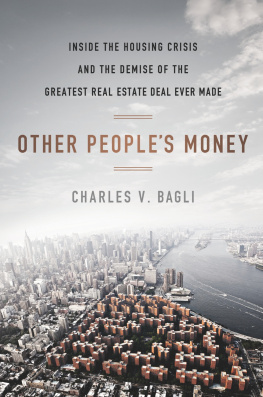
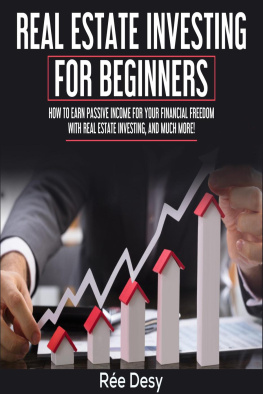
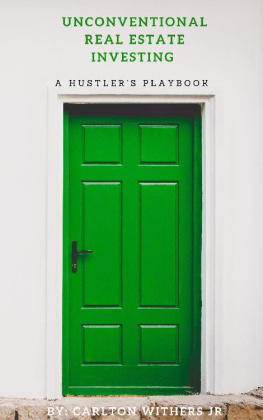
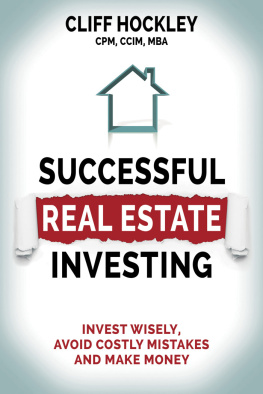




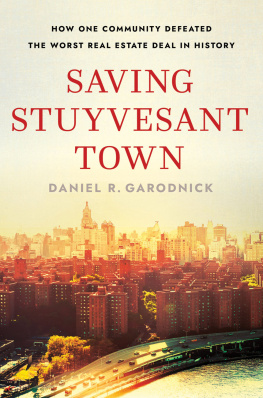

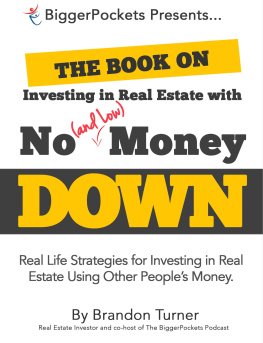





 REGISTERED TRADEMARKMARCA REGISTRADA
REGISTERED TRADEMARKMARCA REGISTRADA